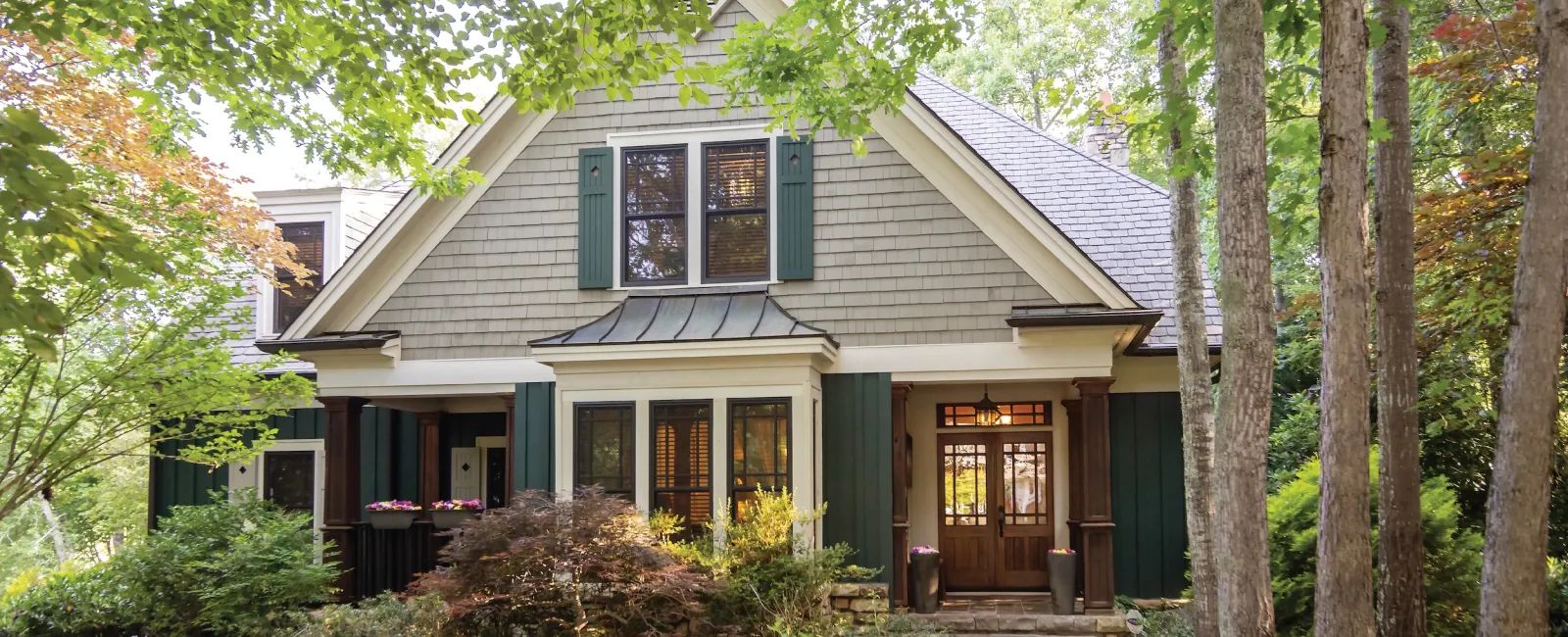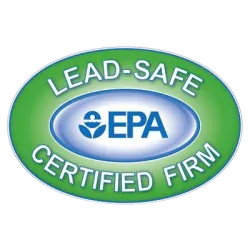Windows have always provided homeowners with both a view of the outdoors while also offering protection from the elements.
However, windows have evolved from basic single panes to insulated glass units— systems that include multiple sheets of glass filled with inert gasses. While these modern windows provide excellent benefits, like energy efficiency, noise-blocking capabilities, and powerful insulating properties, they can also suffer from one concerning issue—seal failure.
Keep reading to learn how to identify window seal failure and discover what you should do when this frustrating problem occurs.
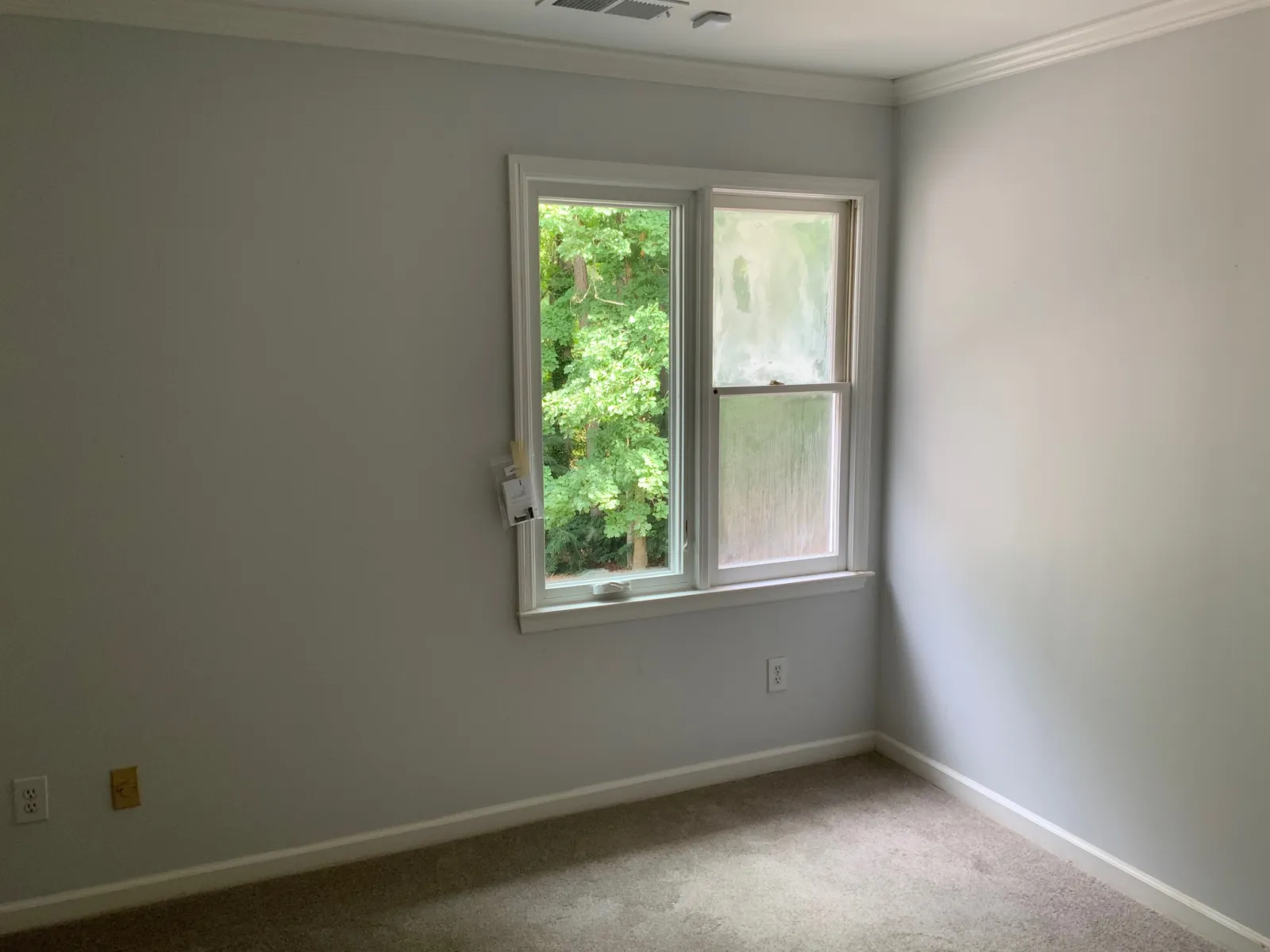
What Causes Window Seal Failure?
Insulated glass units (IGUs) are filled with dense gasses between each pane, like argon and krypton, to limit airflow transfer between your home and the outdoors. They are also sealed with an elastic adhesive to minimize air leaks along the edges.
Unfortunately, most insulated glass units will experience window failure due to pressure changes between the gas inside your windows and the air outside your home. Materials like vinyl also have a lot of movement in the window frames that can lead to premature seal failure.
Aside from these gradual pressure changes, your windows may experience seal failure from:
- Manufacturing errors or poor-quality materials
- Shoddy installation techniques
- Bending, warping, or rotting window frames
5 Ways to Identify a Failed Window Seal
1. Foggy Panes
Moisture intrusion is one of the most telling signs of seal failure. If you notice condensation between your panes of glass, you can assume your window system has a broken seal that's letting gas escape, therefore allowing moisture inside. Foggy windows come and go, and you're more likely to notice them when the temperature inside your home differs from the weather outside. While it's possible to live with foggy windows, the condensation between your panes may trigger other frustrating problems. The moisture may cause energy usage to increase, causing your utility bills to spike. Excess moisture can also lead to mold, mildew, and wood rot.Usually, the most cost-effective way to manage moisture intrusion is to replace your windows. This investment will save you from the earlier-mentioned expenses down the road.
2. Draftiness & Heat Gain/Loss
If you notice unpleasant temperature changes in certain rooms, it could be a broken window seal is allowing heat to come in or escape your home. Drafty windows can be the result of a lack of caulk, weatherstripping, or frame warpage.If you have a faulty seal, you'll need to replace your window to fix the issue permanently. However, if the original caulking between your windows is flaking, cracking, or dried out, you can usually apply a new layer of caulking to fill the exposed space between the trim and the wall. Likewise, you can replace or add weatherstripping around the sashes to minimize airflow.
It's best to hire a trusted contractor to evaluate if your draftiness can be temporarily fixed with caulking or if window replacement is in order.
3. Old Age
As we've already mentioned, most insulated glass units will experience gradual seal failure as time passes.If your windows are between 20-30 years old, it's likely time for a replacement. You'll also be able to enjoy the many benefits of modern windows like easy operation, minimalist designs, noise reduction, and more! Consider superior materials like fiberglass for better long-term solutions.
4. Invasive Noise
Speaking of noise reduction, modern windows are designed to slow the transfer of sound waves to maintain a peaceful environment in your home by including multiple window panes and dense gasses in each system.If you have double-pane or triple-pane windows and can still loudly hear your neighbor's barking dog, noisy lawnmower, or revving engine, you may be experiencing seal failure.
Your contractor can help you determine if your home's unwanted noise is due to a seal failure or a warped frame, and, if so, if window replacement is needed.
5. Distorted Glass
When you look at your windows, do you notice that they're bent slightly in the center? You may assume your eyes are playing tricks on you—but think again! Glass distortion is a common sign of seal failure.When gas begins to leak out of your window system, your glass panes can start to bend in, causing them to collapse slightly in the center and sometimes even break. However, most of the time the seal around the edges are compromised and you simply get a hazy look.
You can usually identify distorted or hazy glass when you step back and compare the affected window to other unaffected windows nearby.
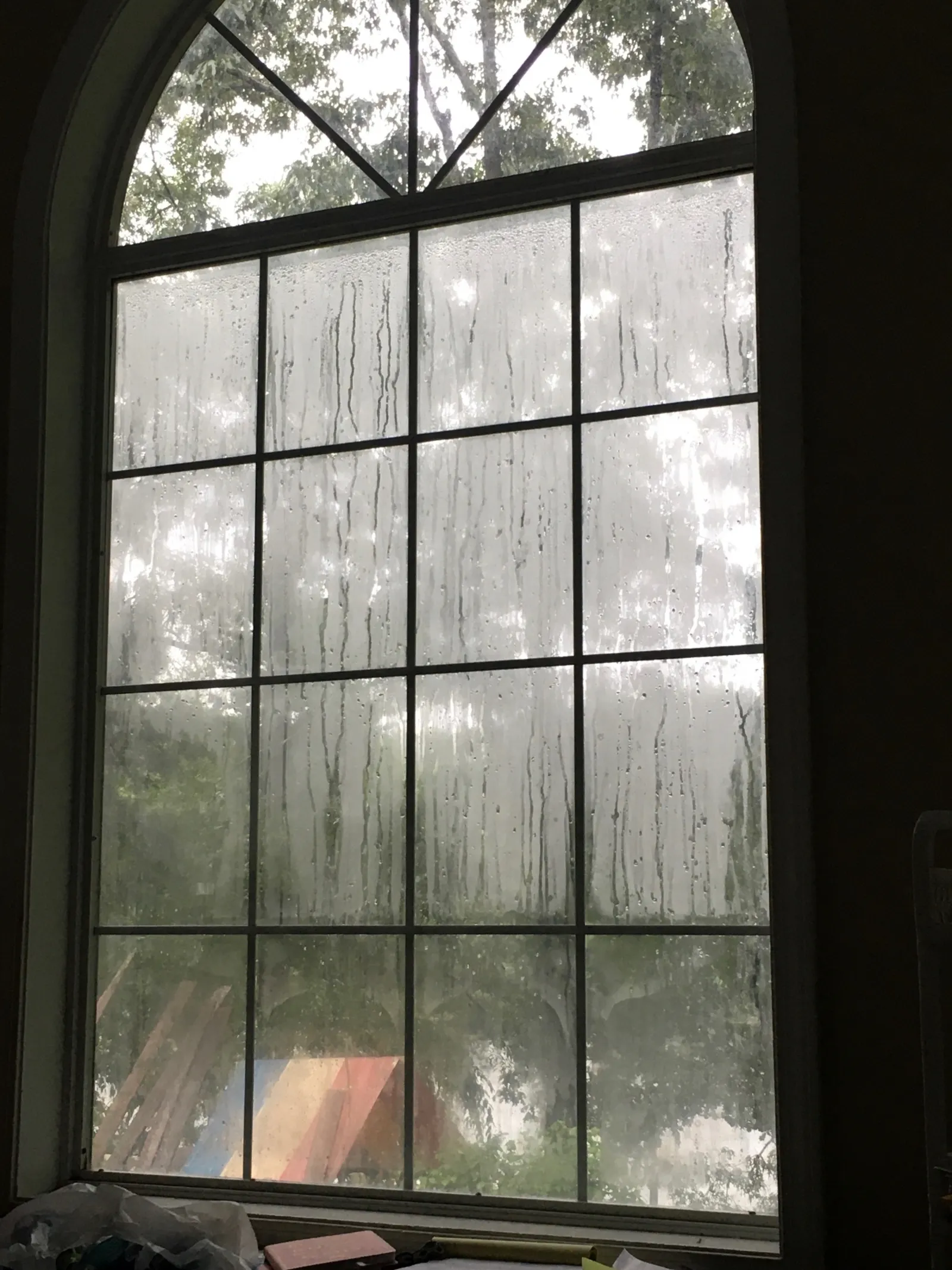
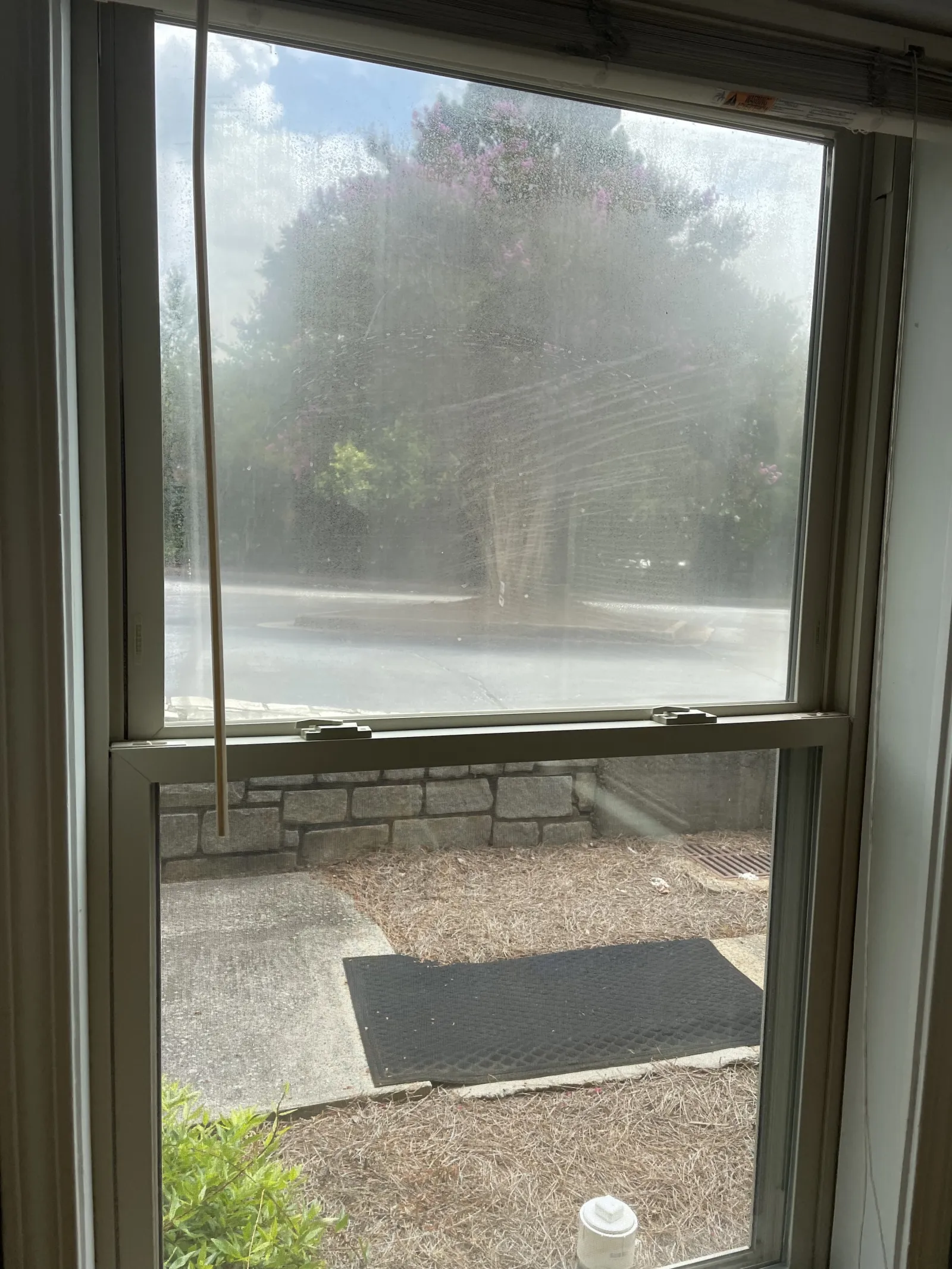
Should I Reseal or Replace My Windows?
Ultimately, resealing your windows is a temporary fix, if it's even possible at all. If you drill a small hole into tempered glass, it will shatter.While you may feel like you're saving money, you'll end up paying the difference in high utility bills and the cost of replacing damaged materials, like window frames, siding, interior walls, and eventually, new windows.
There's only one reliable way to fix windows with a broken seal for good—window replacement. Depending on the extent of damage from the signs listed above, you can invest in a new insulated glass unit in some cases, or even better, an entire window replacement.
Replace Broken Seals with Infinity from Marvin Fiberglass Windows by NG Windows
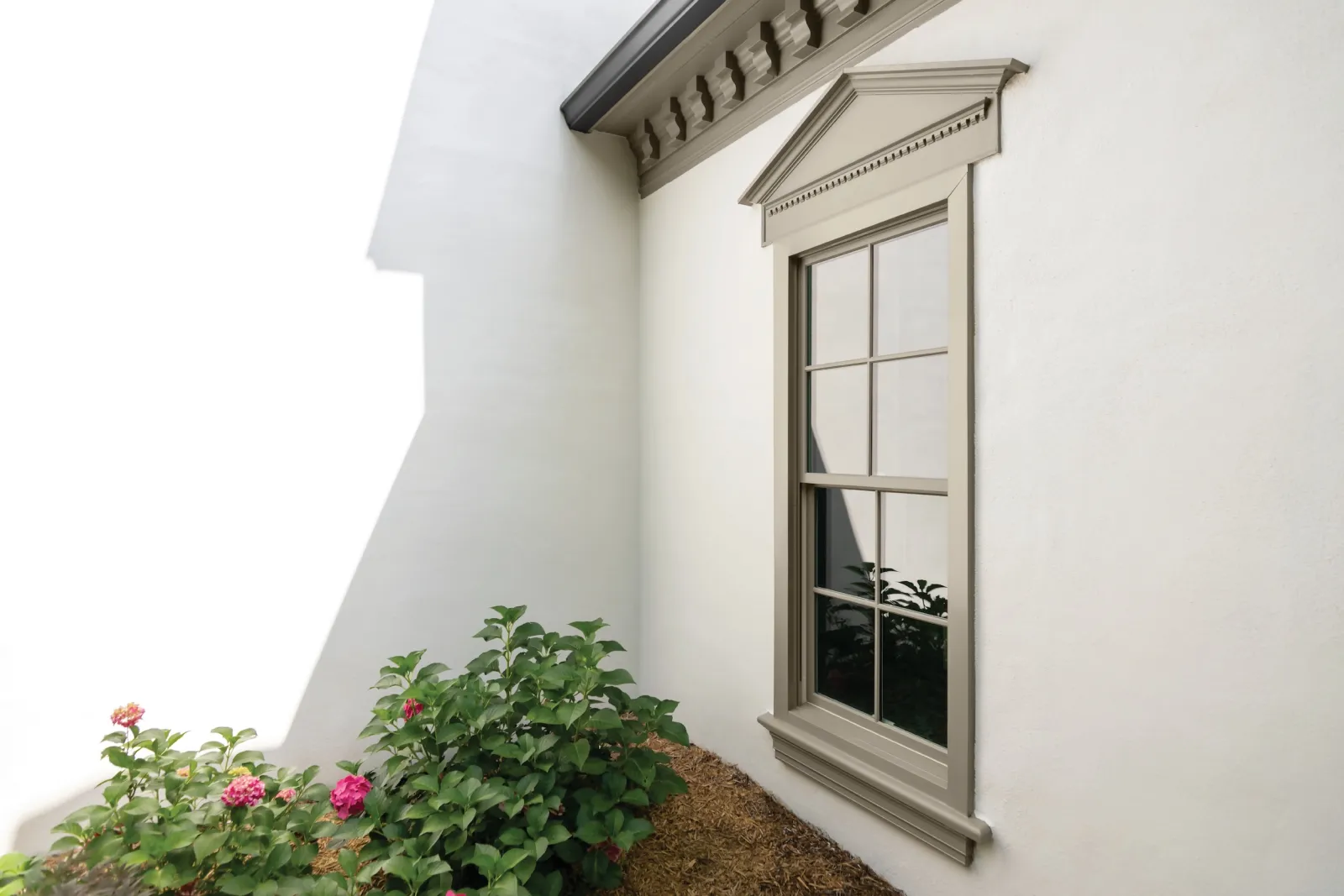
When you're ready to replace your windows with broken seals, consider Infinity from Marvin fiberglass windows. These windows are built to resist leaks, seal failures, and stress cracks, so you can be confident your investment will last.
NG Windows is the exclusive contractor for Infinity from Marvin fiberglass windows for the entire state of Georgia, so you can rest assured the workmanship you receive matches your top-quality window material.
Contact us today to schedule your free consultation and begin your window replacement project today.

